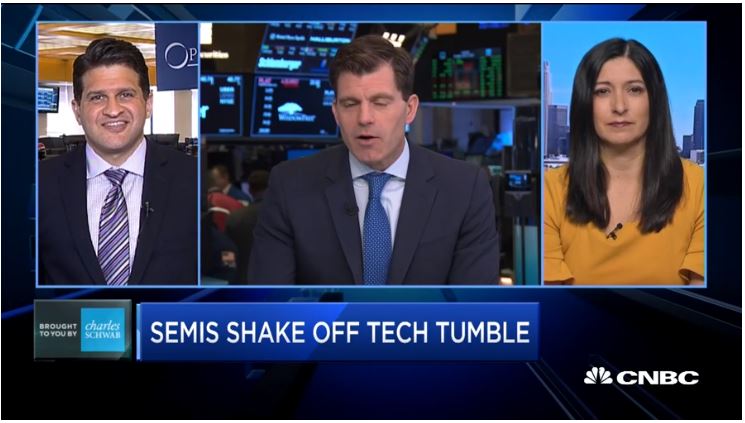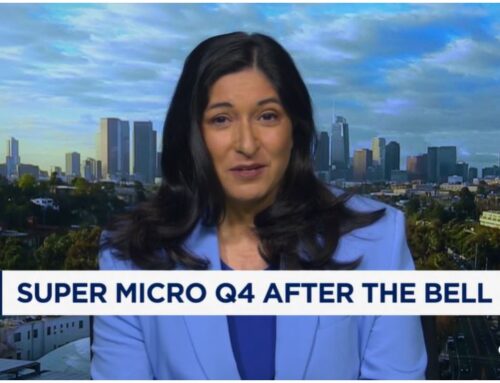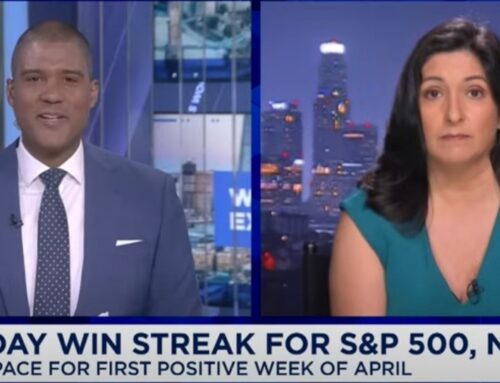Semis stocks have been a rare bright spot as the rest of tech has tumbled.
The SMH semiconductor ETF has risen 2% in the past week as the broader XLK technology ETF has dropped 2%.
Now the group faces a key technical level that could offer some cushioning, said Ari Wald, head of technical analysis at Oppenheimer.
“The Philadelphia semiconductor index has come into an important level at 1,280. This was the index’s January breakout level. Oftentimes former resistance becomes support,” Wald said Monday on CNBC’s “Trading Nation. ” “The index is oversold into support, indicates that it’s too late to sell and I think there are some select opportunities out there.”
The SOX Philadelphia semiconductor index is 4% above the 1,280 level. It last touched that mark in February before bouncing higher again.
However, chipmakers also have the potential to break even lower this month, Wald warned.
“On the flip side, seasonally June is a month where semiconductors typically underperform so our view is that from a trading basis, you’ll continue to see some very jumpy volatile trading here before you get aggressively long,” said Wald.
The SOX index has fallen an average 2.7% in June over the past five years. At its worst in June 2015, the index dropped 8.7%.
While uncertainty over whether the U.S. and China can come to a trade agreement has hit semis stocks hard, Chantico Global CEO Gina Sanchez said it could actually benefit the group.
“The fact is that China doesn’t have enough semiconductor manufacturing capacity to replace U.S. semiconductors so with only 30% of the demand met within China, they’re still going to have to buy U.S. semiconductors stocks,” Sanchez said during the same segment.
Intel, the largest U.S. chipmaker by sales, generates 27% of its revenue from China. Micron Technology, the second largest, has revenue exposure to China as high as 57%.
“For the medium term I’d say these semiconductor stocks still have a demand in China that cannot be met,” said Sanchez.






